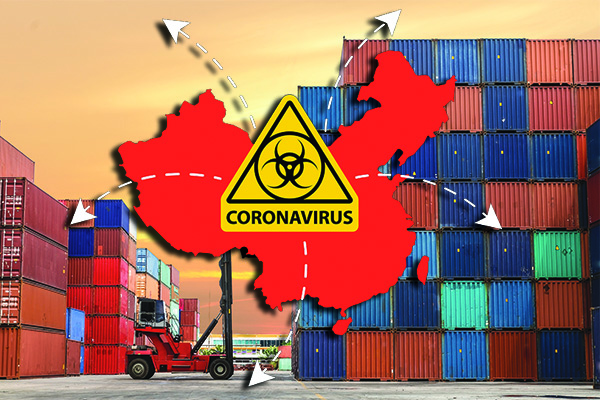The recent outbreak of COVID-19 in South China’s Yantian Port is causing yet another backlog in global supply chains, notes Dun & Bradstreet, a leading global provider of business decisioning data and analytics.
Brian Alster, General Manager, Third-Party Risk & Compliance, Dun & Bradstreet, recently shared information on the industries, suppliers and materials that will suffer in Europe, the United States/Canada and Asia Pacific.
“In each region, major materials that are already experiencing shortages will continue to be impacted including metals, plastic, and food - further stalling the movement of goods and impacting prices,” he says
In Europe:
- Top countries impacted by reduced capacity at Yantian International Container Terminals (YICT) include: the United Kingdom, the Netherlands, Germany, Spain, France, Belgium, Italy, Poland, Sweden, and Denmark.
- The top 10 materials found in shipments from YICT to Europe include: audiovisual equipment, furniture and bedding, toys and games, mechanical appliances, footwear, clothing, steel, ceramic, metals, and cutlery and related metal products.
- The top 10 industries impacted by these delays include: general retail, food retailers, wholesale trade, apparel, electrical equipment and components, engineering services, industrial and commercial machinery and equipment, furniture, building materials and hardware, and construction.
In US/Canada:
- The top 10 materials found on shipments from YICT to the US/Canada include: furniture and bedding, toys and games, audiovisual equipment, mechanical appliances, plastics, steel, metals, textiles, ceramics, and leather products.
- The top 10 industries impacted by these delays include: general retail, furniture, wholesale trade, automotive dealers, apparel, engineering services, industrial and commercial machinery, and equipment, building materials and hardware, electronic equipment and components, and fabricated metal products.
In the Asia-Pacific:
- Top countries impacted by reduced capacity at YICT include: Australia, New Zealand, Malaysia, Bangladesh, Vietnam, and South Korea.
- The top 10 materials found on shipments from YICT to Asia-Pacific nations include: plastics, footwear, audiovisual equipment, apparel, paper and paperboard, furniture, steel, leather, mechanical appliances, and cutlery and related metal products.
- The top 10 industries impacted by these delays include: general retail, furniture, wholesale trade, food retailers, electrical equipment and components, building materials and hardware, communications, apparel, construction, and textiles.
- The top 10 affected supplier industries in China include: wholesale trade, furniture, building materials and hardware, electrical equipment and components, apparel, engineering services, industrial and commercial machinery and equipment, metal products, food retailers, and stone/clay/glass/concrete products.
As always, we hope that this market intelligence will help SCMR readers prepare for “Peak Season,” and will endeavor to sound out other industry analysts for their perspective on major disruptions like this one.
On a final note, we would like acknowledge that Dun & Bradstreet was recently awarded the CIPS corporate ethics mark after the company’s Global Sourcing & Procurement staff completed the necessary trainings in supply chain management.
Well done.
SC
MR


Latest Supply Chain News
- Retail sales see gains in October, reports Commerce and NRF
- Balancing green and speed: Home delivery insights from the pandemic era
- AdventHealth named top healthcare supply chain by Gartner
- Geopolitical readiness in supply chains: Strategic challenges for leaders
- Unlocking retention: The role employee engagement plays
- More News
Latest Podcast

 Explore
Explore
Business Management News
- Retail sales see gains in October, reports Commerce and NRF
- Balancing green and speed: Home delivery insights from the pandemic era
- AdventHealth named top healthcare supply chain by Gartner
- Unlocking retention: The role employee engagement plays
- Can supply chain managers embrace an entrepreneurial mindset?
- Challenges to ESG reporting
- More Business Management
Latest Business Management Resources

Subscribe

Supply Chain Management Review delivers the best industry content.

Editors’ Picks





